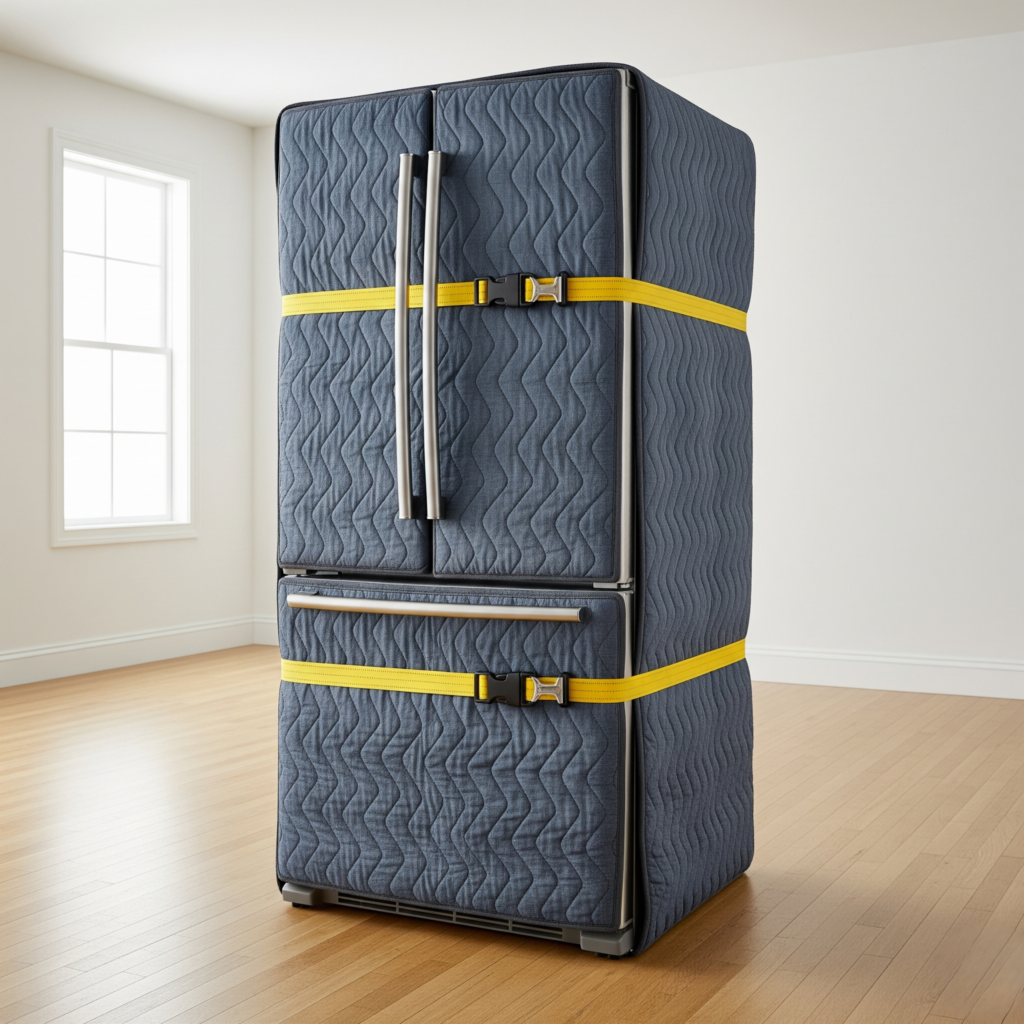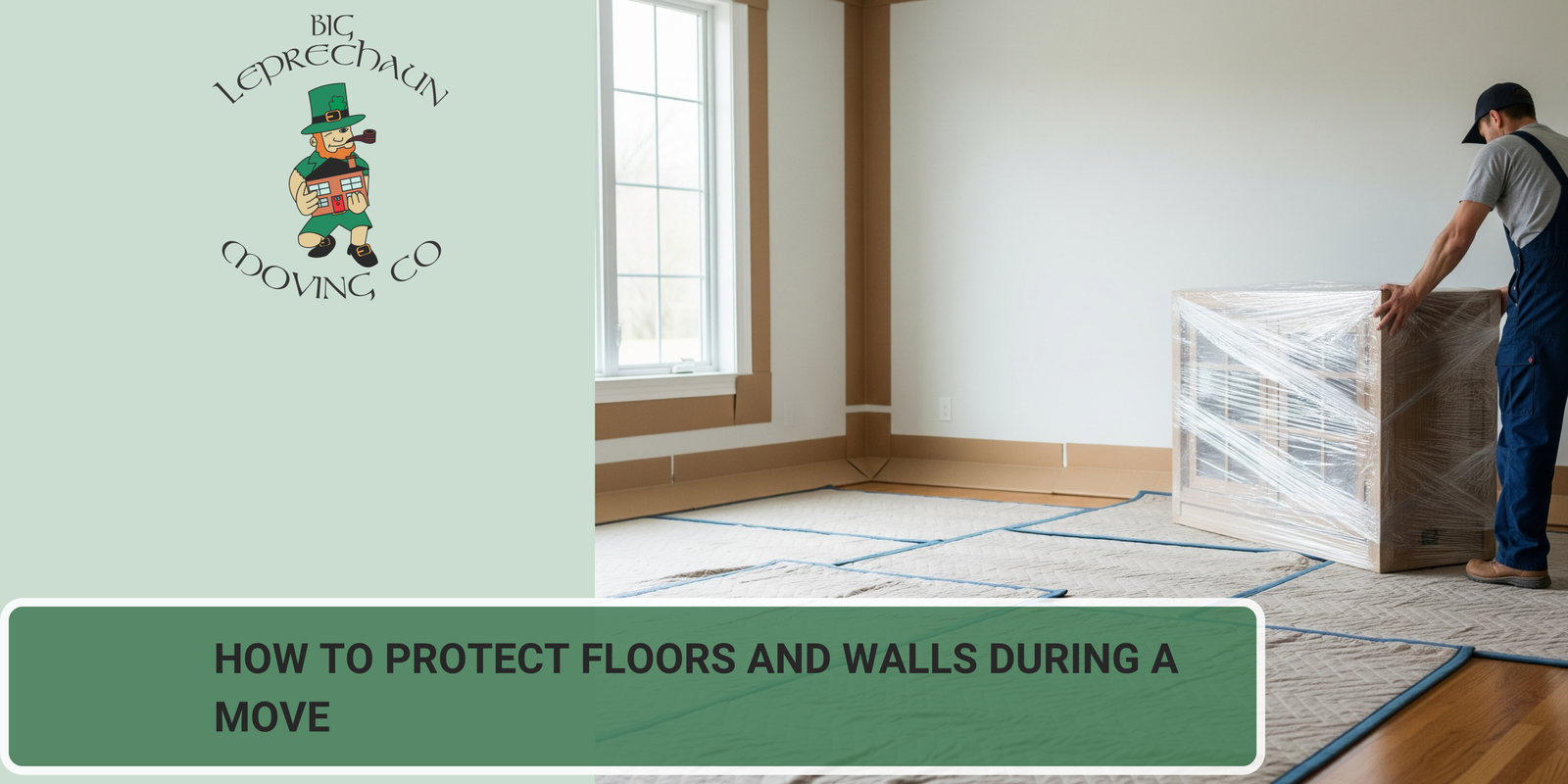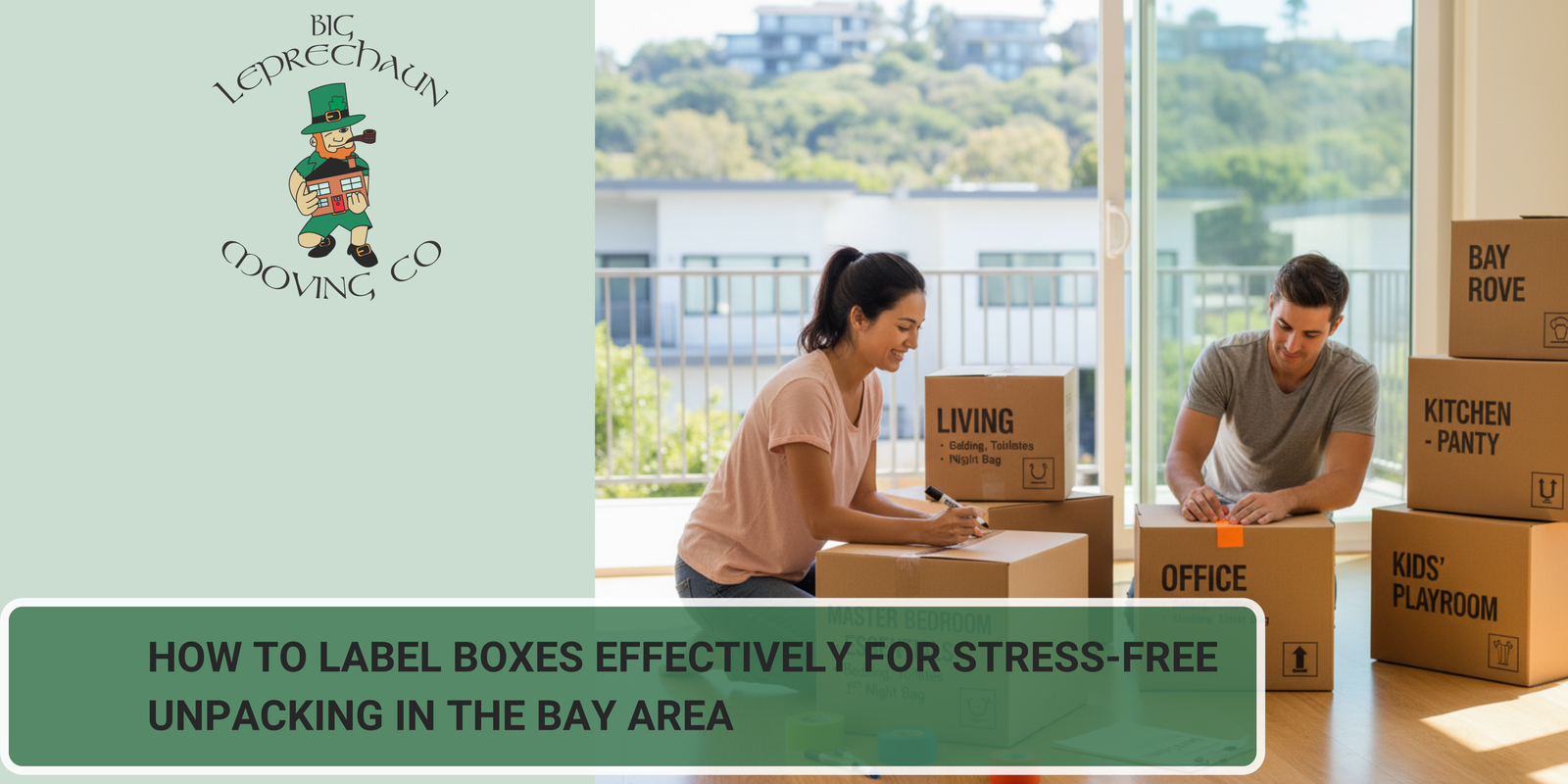Moving day can be chaotic, with heavy furniture, boxes, and equipment moving in and out of your home. Without proper precautions, you risk scratching hardwood floors, staining carpets, or denting walls. Not only can this damage reduce your home’s appeal, but it can also lead to expensive repairs or deposit deductions if you’re renting.
1. Use Floor Protection Materials
The first step in protecting your floors during a move is to use proper floor coverings.
- Hardwood & Tile Floors – Lay down thick rosin paper, floor runners, or heavy-duty drop cloths.
- Carpeted Floors – Use self-adhesive carpet film to prevent dirt and stains.
- Vinyl & Laminate Floors – Foam padding or corrugated cardboard sheets can help prevent dents and scratches.
2. Apply Wall Guards or Corner Protectors
Walls are vulnerable to scuffs, dents, and paint chips during a move. Protect them by:
- Installing corner guards to shield sharp wall edges.
- Hanging temporary wall guards or foam padding in narrow hallways.
- Wrapping large furniture pieces in moving blankets to prevent accidental bumps.
3. Lift, Don’t Drag Heavy Items
Dragging furniture across the floor can cause deep scratches and tears. Always lift heavy pieces with the help of another person or use furniture sliders to reduce friction.
Pro Tip: For appliances, use a dolly with rubber wheels to protect both floors and walls from damage.
4. Wrap Furniture and Appliances
Wrapping furniture and appliances in moving blankets, bubble wrap, or stretch wrap not only protects the items themselves but also prevents them from scratching walls or snagging flooring.

5. Use Doorway and Stairway Protection
During a move, door frames and stair railings are high-risk areas for impact damage. Use:
- Foam padding or blankets on stair railings.
- Door jamb protectors to shield entryways.
- Non-slip stair runners for added safety.
6. Plan Your Moving Route
Before lifting anything, map out the path from each room to the moving truck. Clear away clutter and obstacles that could cause tripping or bumping into walls.
- Keep doors wide open.
- Remove throw rugs or small mats.
- Assign one person to guide movers through tight spaces.
7. Protect Against Weather Damage
Rain, snow, or mud can cause floors to become slippery and dirty. Lay down plastic tarps or absorbent mats near entryways to keep moisture and debris out.
8. Hire Professional Movers
If you want to minimize risk, professional movers have the right tools, training, and protective materials to safeguard your home during the moving process.
Final Tips for a Damage-Free Move
- Label heavy and fragile items clearly.
- Disassemble large furniture before moving.
- Keep cleaning supplies nearby for quick touch-ups.
By taking these preventive steps, you can protect your floors and walls from damage, ensuring your home remains in excellent condition throughout the move. Contact us today!






